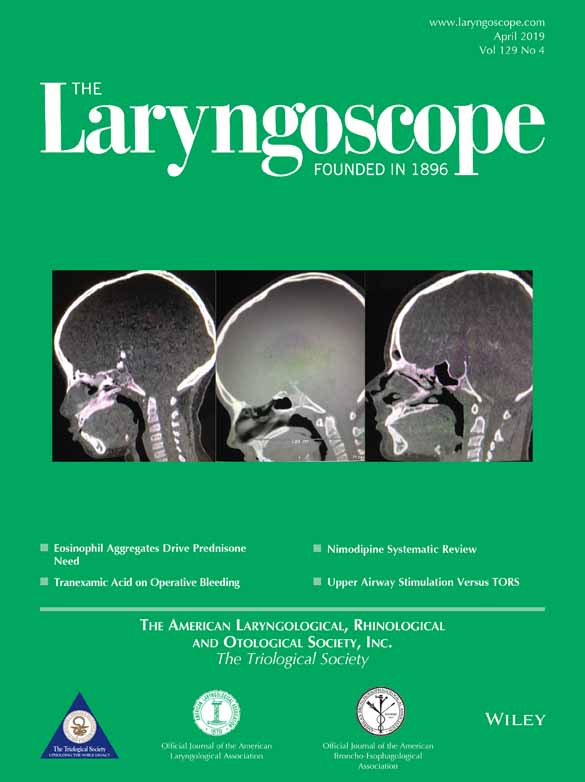Analysis of patient factors associated with 30-day mortality after tracheostomy
Presented as a podium presentation at the 2018 Combined Otolaryngology Spring Meetings, National Harbor, Maryland, U.S.A., April 18–22, 2018.
The authors have no funding, financial relationships, or conflicts of interest to disclose.
Abstract
Objective
Mortality has been reported to be 22% to 45% in patients with a tracheostomy. To better counsel patients and families, we aimed to determine the effect of body mass index (BMI), socioeconomic status (SES), and the 17 conditions of the Charlson comorbidity index (CCI) on 30-day survival posttracheostomy.
Methods
This retrospective cohort study identified adult patients enrolled from our institution in the Global Tracheostomy Collaborative database from March 2014 to June 2015. Data collected included age, BMI, residential zip code, and comorbidities. Cox proportionate univariate and multivariate analyses were used to measure the impact of BMI, SES, and CCI variables with 30-day posttracheostomy survival. We used geocoding as a surrogate for patients' SES. We used Deyo's modification of the CCI, which utilized International Classification of Diseases, 9th Revision, codes to identify comorbidities.
Results
Of 326 tracheostomies identified, the 30-day mortality rate was 15.6%. No significant differences were noted in BMI or in any of the SES categories between survivors and nonsurvivors. CCI was significantly higher in the 30-day mortality group. Congestive heart failure (hazard ratio [HR] = 2.39), severe liver disease (HR = 3.15), and peripheral vascular disease (HR = 2.62) were found to significantly impact 30-day survival.
Conclusion
Higher CCI and specifically severe liver disease, congestive heart failure, and peripheral vascular disease were associated with increased 30-day mortality posttracheostomy. No association was found between BMI or SES and 30-day survival. This study identified three comorbidities that independently affect mortality in tracheostomy patients, which should be discussed with patients and families before tracheostomy.
Level of Evidence
3 Laryngoscope, 129:847–851, 2019




